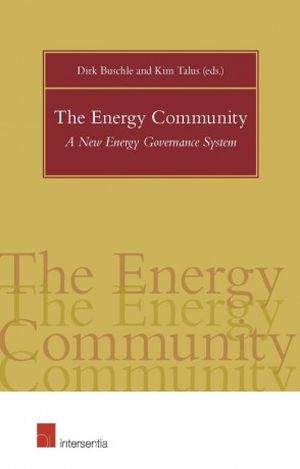
Founded ten years ago to bring stability and investment to the war-torn countries of South-East Europe, the Energy Community has developed into Europe's key instrument to secure energy supplies.
Recent developments in Ukraine, one of the Energy Community's members, as well as the incipient debate to create an Energy Union, highlight the importance of this organisation and its ever-increasing future relevance. Unlike other international organisations in the energy sphere, the Energy Community is based on the rule of law - namely European energy, competition and environmental law exported to non-EU countries - as well as pan-European integration. It features a unique set of institutions and procedures.
This book offers unprecedented insight into all the relevant aspects of the Energy Community, including the ongoing debate on reform.This book is written by officials of the Energy Community and other international organisations as well as academics and practitioners from the legal and consultancy professions.